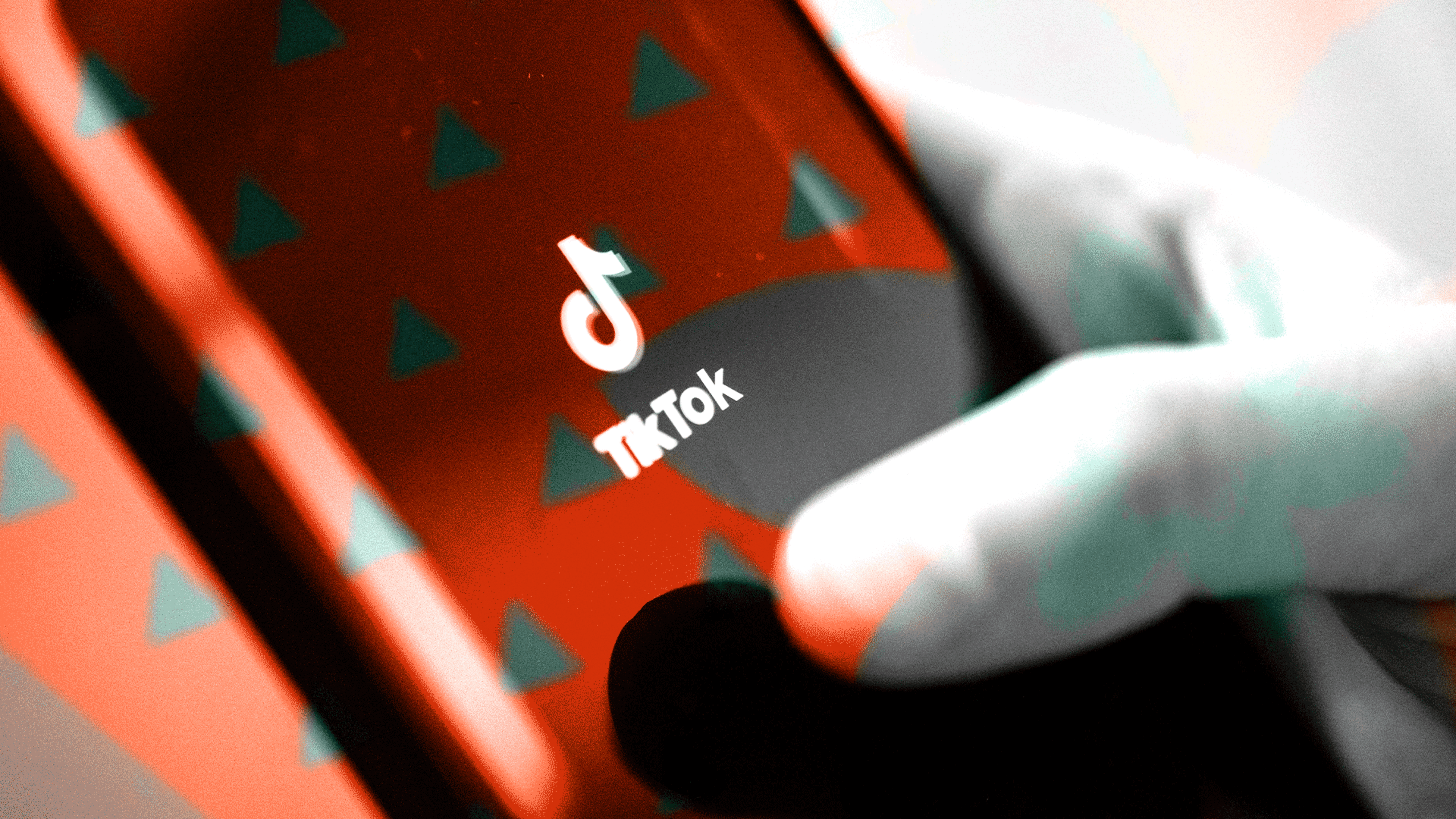Many companies have had success with paying TikTok influencers to promote their products, but some brands are now taking it a step beyond. Organizations like Nerf are hiring creators to run their brands’ TikTok accounts, in the hopes of growing their following on the platform—and developing a long-term relationship with their audience.
The toy brand Nerf‘s TikTok account is now run by Sophie Lightning, a creator with 2.1 million followers on the app. She is featured in most of the brand’s videos where she acts out characters in original skits, shares behind the scenes footage, and reacts to TikTok trends—always with Nerf products included. One of the most popular videos with 9.4 million views was Nerf’s take on the “is it cake?” trend where viewers guess whether an item is a Nerf toy or cake meant to look like one.
@nerf
Companies like delivery startup GoPuff, plant-based chicken maker Simulate, and L.A. Times have also experimented with having TikTok personalities run their accounts, to varying degrees of success.
The goal is to create engaging content and build a following on TikTok, which is driving more visibility compared to other social networks at the moment. The creator also acts as the face of the brand to help humanize the company online.
JT Barnett, the owner of a TikTok recruiting firm that connects brands with creators, says founders actually make the best brand TikTok personalities (see Bobbi Brown), but that hiring creators is a great alternative. “[Founders are] the closest to the product—it’s the easiest way to build an audience and get them to care about you,” he says.
“But the majority of these founders just don’t either have time or don’t have the energy to be the creator and be in the content, so the second best thing is to get somebody that can be in it consistently, so they can build a relationship with your audience.”
While they perform many of the same duties as a social media manager, what’s different is that the TikTok creators are the on-screen talent in the videos and have a deeper expertise in TikTok specifically. Since the creator already has an audience on TikTok, they understand the platform enough to drive results and are comfortable being on camera and putting themselves out there.
Often brands hire a social media manager to run their accounts on multiple channels, but it’s difficult to be an expert on all the nuances of each network with this approach, Barnett says.
The arrangement appeals to creators because it’s an opportunity to get paid regularly for the kind of work they enjoy without having to chase one-off sponsorship deals. Almost 40,000 accounts on TikTok have at least a million followers, a signal that the network is becoming more saturated and there’s stiff competition for advertising dollars among creators. As a result, only 12% of full-time creators make more than $50,000 a year. For brands, paying a competitive salary or offering a fixed-fee per month to create a set number of videos for TikTok can be considerably more affordable than the usual sponsorship deals.
Beverage company Olipop has embraced this approach by having two creators run its TikTok account. Sara Crane, a TikToker with 8,600 followers, works full-time on retainer for the brand, and Diana Rondi, who has almost 40,000 followers, also collaborates on the account part-time. Both creators are on-camera in most of the brand’s TikToks. They lip synch to trending sounds, act out comedic skits, share recipes, and announce new flavors to the company’s TikTok following. According to Olipop, the pair helped grow the brand’s following from 1,000 to 34,000 followers in six months.
@
It’s more efficient having creators in-house, says Steven Vigilante, Olipop’s head of new business development. It also allows you to create more authentic content than it would be to rely on an outside agency or a traditional social media manager.
Not all creators are a match, though, according to Barnett, who notes that a creator with more than 50,000 followers and a consistent flow of brand deals is unlikely to commit to one company. “We actually try to find creators that have made good enough content to where they’ve already started building a little bit of a community,” he says. Maybe they only have 5,000 followers, but they’re already getting traction and momentum—and have an interest in running a brand’s account and making stable income via TikTok. “You would be surprised how many people are in that place, that’s what they want to do,” he says.
To ensure these partnerships succeed, he says, it’s important to give the creator the creative freedom to guide your TikTok, as they’re best suited to determine what content might resonate for the brand. Unlike the transactional nature of the usual creator relationship, integrate them as part of the team so they’re celebrated for their contributions, are closer to the product, are aware of what’s happening at the company, and are given the opportunity to contribute beyond just TikTok.
Supporting creators in this capacity can help minimize the risks of them leaving abruptly after building a connection with your audience or sharing something inappropriate as the brand. And, most important, they need to be fairly compensated for their contributions, otherwise they won’t be part of the team for long, given the demand for their skills is on the rise.
Recognize your brand’s excellence by applying to this year’s Brands That Matter Awards before the early-rate deadline, May 3.
